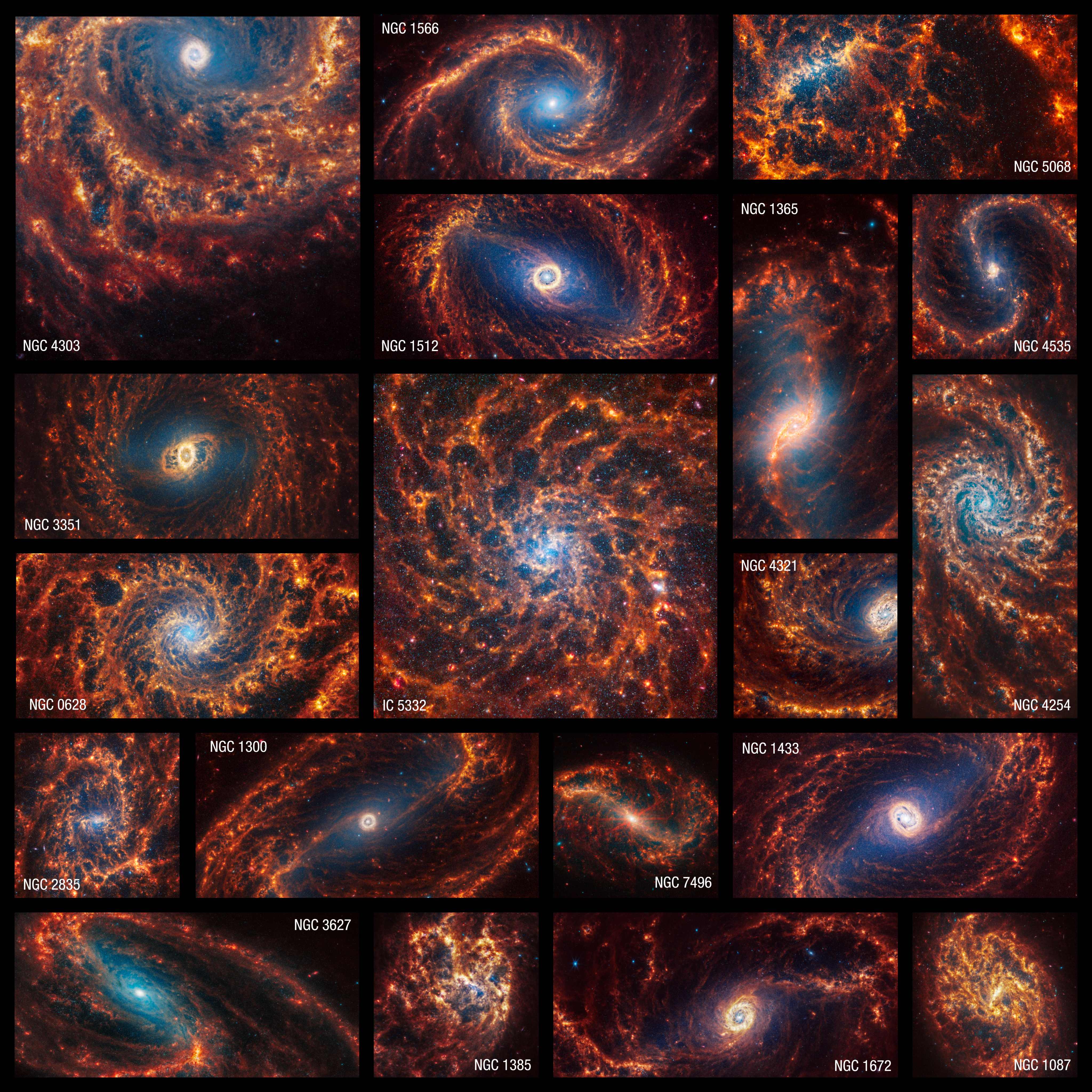2024-01-29 カリフォルニア大学校アーバイン校(UCI)
◆TOI-1136の惑星は「サブネプチューン」と呼ばれ、最小のものは地球の2倍の半径で、他のものはウラヌスと海王星のサイズに匹敵する4倍の半径を持ちます。TOI-1136は若い恒星で、活動的な段階であり、磁場、太陽黒点、太陽フレアが活発で、これが惑星の大気に影響を与えています。また、未確認の7つ目の惑星の可能性も浮上しており、共鳴の影響が見られています。TOI-1136の特異な特性と多数の惑星は、太陽系外惑星の進化や形成についての詳細な研究を促進しています。
<関連情報>
- https://news.uci.edu/2024/01/29/uc-irvine-led-team-unravels-mysteries-of-planet-formation-evolution-in-distant-solar-system/
- https://iopscience.iop.org/article/10.3847/1538-3881/ad1330
TESS-Keck調査。XVII.放射速度とトランジットタイミング変動を用いた、若くて多項式を持つトランジット惑星系の精密質量測定 The TESS-Keck Survey. XVII. Precise Mass Measurements in a Young, High-multiplicity Transiting Planet System Using Radial Velocities and Transit Timing Variations
Corey Beard,, Paul Robertson, Fei Dai,,, Rae Holcomb, Jack Lubin, Joseph M. Akana Murphy,, Natalie M. Batalha, Sarah Blunt, Ian Crossfield, Courtney Dressing +Show full author list
The Astronomical Journal Published 2024 January 29
DOI:10.3847/1538-3881/ad1330

Abstract
We present a radial velocity (RV) analysis of TOI-1136, a bright Transiting Exoplanet Survey Satellite (TESS) system with six confirmed transiting planets, and a seventh single-transiting planet candidate. All planets in the system are amenable to transmission spectroscopy, making TOI-1136 one of the best targets for intra-system comparison of exoplanet atmospheres. TOI-1136 is young (∼700 Myr), and the system exhibits transit timing variations (TTVs). The youth of the system contributes to high stellar variability on the order of 50 m s−1, much larger than the likely RV amplitude of any of the transiting exoplanets. Utilizing 359 High Resolution Echelle Spectrometer and Automated Planet Finder RVs collected as part of the TESS-Keck Survey, and 51 High-Accuracy Radial velocity Planetary Searcher North RVs, we experiment with a joint TTV-RV fit. With seven possible transiting planets, TTVs, more than 400 RVs, and a stellar activity model, we posit that we may be presenting the most complex mass recovery of an exoplanet system in the literature to date. By combining TTVs and RVs, we minimized Gaussian process overfitting and retrieved new masses for this system: (mb−g 3.50+0.8−0.7, 6.32+1.1−1.3, 8.35+1.8−1.6, 6.07+1.09−1.01, 9.7+3.9−3.7, 5.6+4.1−3.2M⊕). We are unable to significantly detect the mass of the seventh planet candidate in the RVs, but we are able to loosely constrain a possible orbital period near 80 days. Future TESS observations might confirm the existence of a seventh planet in the system, better constrain the masses and orbital properties of the known exoplanets, and generally shine light on this scientifically interesting system.



